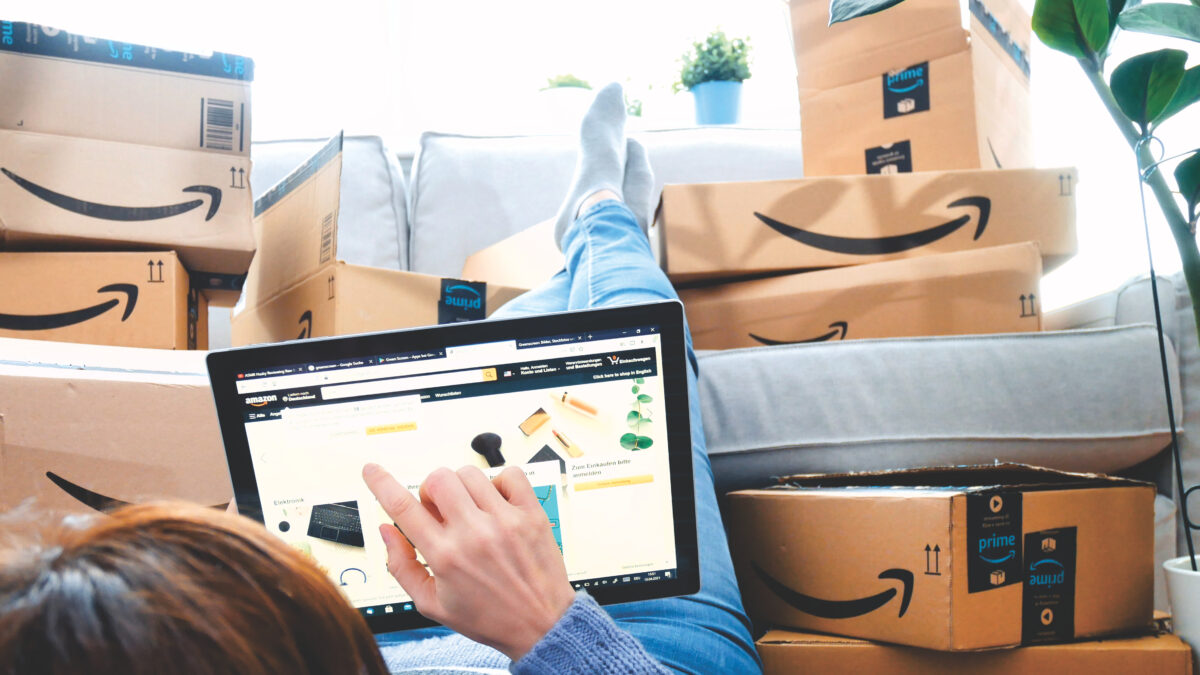Amazon Prime Day 2021 Consumer Survey: Four Trends From This Year’s Annual Shopping Event
As vaccination rates continue to increase, consumers are shifting spending habits from hand sanitizer and disinfectant wipes to new clothes and personal care supplies. Retailers are seeing strong sales heading into Q3 as a result.
Amazon Prime Day, typically held over the summer, was pushed into October last year due to the pandemic. As many consumers return to “normal” spending habits, this year’s annual event was in many ways the retail industry’s first big test on its road to recovery.
To help uncover the latest consumer trends for Amazon’s annual shopping event, Blue Yonder surveyed over 1,000 consumers who participated in Prime Day to explore the impact of out-of-stocks, competing retailer deal days and more.
Here are four trends we uncovered.
Out-of-stock products highlight consumer re-entry into public life:
- 32% of consumers said they experienced out of stock products when shopping on Amazon Prime Day.
- The biggest categories impacted by out-of-stock products were Amazon device accessories (Kindle, Alexa, Fire Stick, etc.) (37%), beauty products (22%), automotive/Powersports (20%) and health/personal care (20%).
- 78% of consumers spent the same or more on Amazon Prime Day this year compared to last year, with 46% of consumers saying they spent more.
Beauty continues to be a massive growth vertical for Amazon and was one of the top performing categories during this year’s Prime Day. As people return to social gatherings, sales of self-care products such as deodorant, teeth whitener, and nail polish are on the rise.
Consumers participated in other retailers’ deal days, but Amazon Prime Day is still #1:
- 60% of respondents made a purchase on Prime Day
- Consumers participated in other deal days from Walmart (35%), Target (26%), Best Buy (15%), and Ebay (8%)
- 73% of consumers went to Amazon to look for deals first
Amazon remains the first place consumers look when they are seeking discounts. However, Prime Day is no longer just for Amazon. This year, other retailers like Walmart, Target, Best Buy and Ebay launched their own competing deal days, offering sales on everything from groceries to apparel. Although Prime Day still reigns supreme, Amazon no longer owns the entire share of the market.
Consumers increasingly use Prime Day for back-to-school shopping needs:
- 38% of consumers said they made back-to-school purchases on Prime Day this year
- 23% of consumers said they made back-to-school purchases on Prime Day when asked the same question in a 2018 survey
Consumers are getting ahead of back-to-school shopping this year compared to last year when in-person learning protocols were more uncertain. During back-to-school shopping season, retailers can use technology powered by artificial intelligence (AI) and machine learning (ML) to drive accurate demand and assortments to reduce waste with dynamic segmentation. Blue Yonder’s Demand Planning solution ingests hundreds of demand-driving variables and uses ML to provide a unique demand projection with calculated business impact and risk. This enables higher planner productivity, better inventory management and an improved understanding of demand drivers and customer behavior.
Despite Amazon’s investments in reverse logistics, consumers do not intend to return items purchased on Prime Day:
- 76% of shoppers did not purchase any items with plans to return them (multiple sizes, styles, etc.)
- 51% of consumers still prefer to return Amazon items through UPS; 25% prefer Kohl’s, 11% prefer Amazon Hub Lockers and 9% prefer Amazon physical retail locations
The pandemic forced retailers to invest in their returns processes. In addition to making the returns process as seamless as possible, retailers can use technology to minimize returns in the first place. For instance, AI and ML can be used to create return-conscious pricing models, which are especially effective during industry-wide sales events, like Prime Day, where brands are heavily discounting fashion items.
For example, if a graphic tee costs $60 or $70, and it’s not exactly to a customer’s taste, they’re going to want their money back. But at $25, returning the item might not be worth the consumer’s time. AI and ML can help predict the best price to minimize returns.
Where does the retail industry go from here?
Amazon Prime Day provided valuable insights for retailers as in-store shopping continues to return.
First and foremost, retailers need to ready their stores because consumers are returning to in-person shopping. Ensuring front-end and back-end technologies can meet consumer needs from inventory to returns will be crucial. Additionally, back-to-school is on the horizon and consumers are shopping earlier than years past. Retailers should consider adopting AI-powered demand planning solutions to ensure they have the right inventory and assortment during this critical shopping period. Finally, returns continue to be a challenge for retailers and consumers alike. Retailers should consider employing an end-to-end supply chain solution to bolster their returns process and better the experience for both retailers and customers alike. This, combined with return-conscious pricing, can help minimize returns and maximize profits.
Retailers, what did Amazon Prime Day 2021 teach you?

